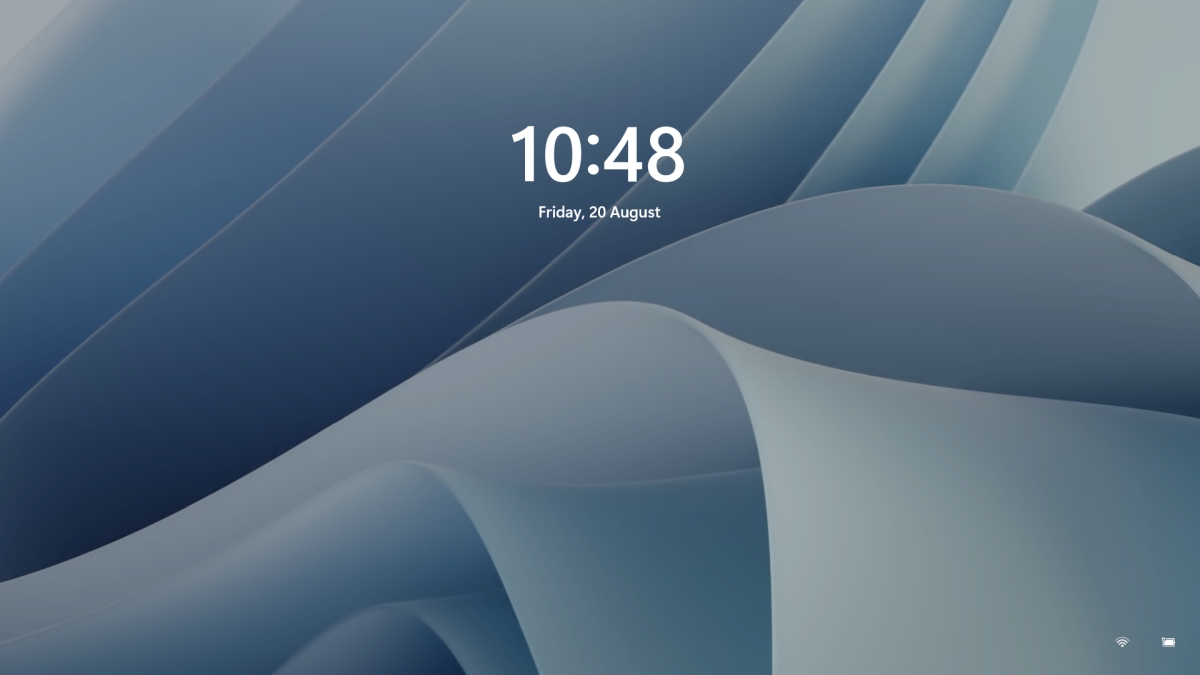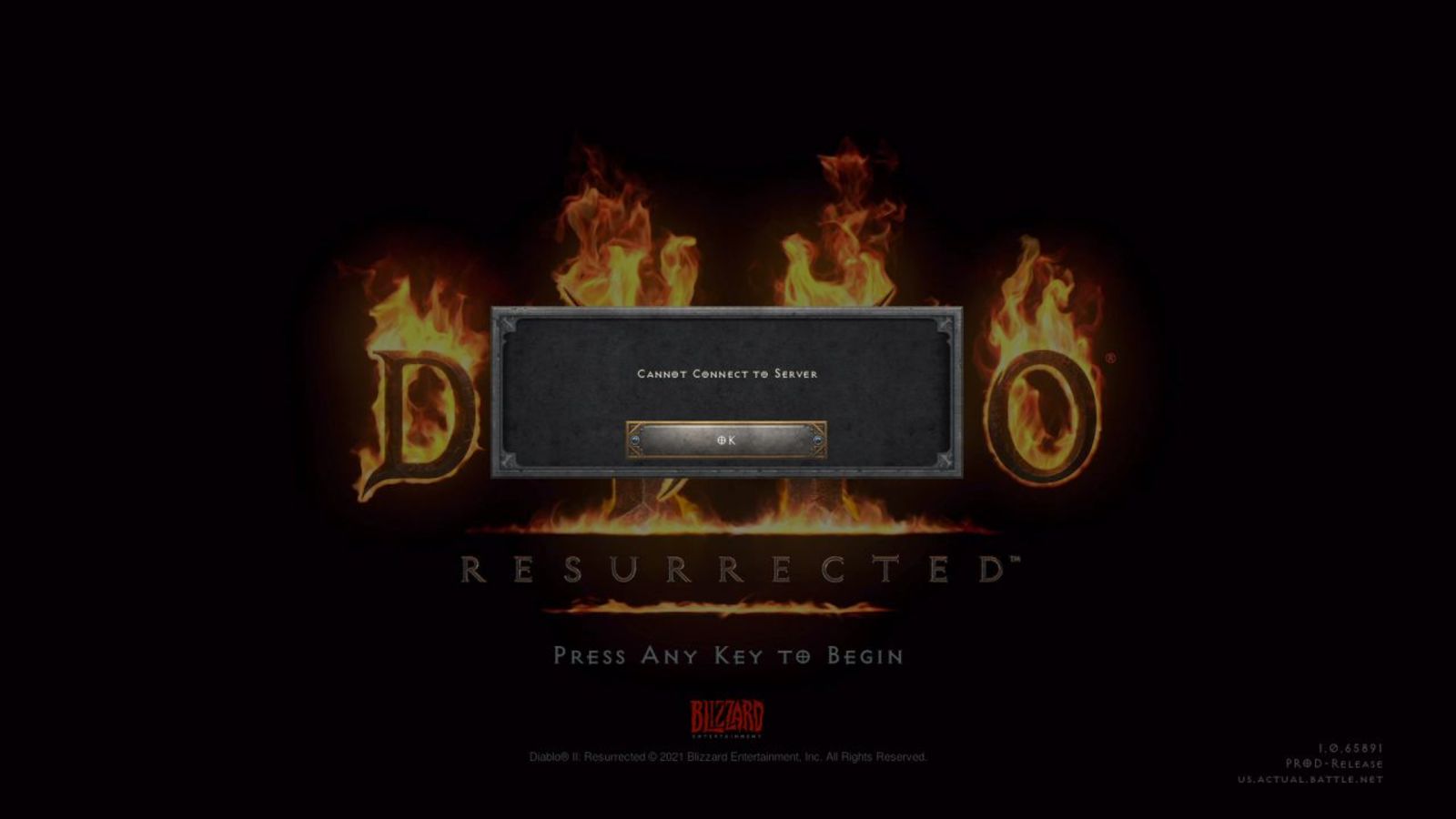Code 34 - What is it?
Code 34 is one of the several Device Manager error codes. This error code indicates that a hardware device on your PC is not properly configured.
This usually occurs when the device installed on your system is a non-plug and play. Non-plug and play devices don’t configure automatically and require manual configuration from the users end.
Error code 34 is usually displayed in the following format:
“Windows cannot determine the settings for this device. Code 34”
Solution
 Error Causes
Error Causes
Error code 34 may be triggered due to several reasons like:
- Improper device configuration
- Missing or outdated drivers
Device Manager error codes like code 34 are easy to fix. These error codes don’t indicate any serious PC problem, nor are they fatal like blue screen of death error codes.
Nonetheless fixing it immediately is advisable to ensure the proper functioning of the plugged-in hardware device. If you don’t resolve it, you may not be able to use the device.
Further Information and Manual Repair
When PC users experience error codes like code 34, they instantly think of hiring a professional for repair especially if they lack technical understanding.
If you are not a technical whiz and you are also thinking of hiring a professional for the repair job, then don’t! Here’s why, to begin with, Device Manager error codes can be resolved easily, better yet you can fix it by yourself without spending a dime even if you are not technically sound.
To help you, below is a list of easy and effective repair solutions for error code 34. Try them to resolve the issue.
Method 1 - Configure the Device by Using Device Manager
This is one of the best ways to resolve error code 34 on your system. The procedure will take 5 to 7 minutes. Simply follow the steps illustrated below to configure the problematic device on your PC.
- First off, go to the start menu
- Now type Device Manager in the search bar and press enter to continue
- Now in the Device Manager locate the problematic device and click on it
- Click on the resources tab to change the resource settings
- Now click on the Use Automatic Settings check box
- After that click on the Settings based on the tab and then click on the hardware configuration of the device you want to change
- Press resource type in the resource settings box to make further changes
- Once that is done, click change settings and type a new value for the resource type
Method 2 - Consult the Hardware Manufacturer for Resource Settings
You may not be able to configure resource settings for some devices in such an event it is advisable to consult your hardware manufacturer. Your hardware manufacturer can provide you with specific resource settings. Follow the manufacturer’s instructions to repair error code 34.
If the error continues to persist even after device configuration, then the problem may be linked to driver corruption. In that case, try method 3.
Method 3 - Download DriverFIX to Update Drivers Automatically
Whether code 34 is caused by outdated or corrupted drivers, simply download DriverFIX to resolve. DriverFIX is an advanced and user-friendly software program deployed with an intelligent programming system.
The software scans your PC to detect all problematic drivers. It finds and matches the latest and compatible versions and then updates the drivers accordingly that too automatically and on a regular basis.
Click here to download DriverFIX to repair Device Manager error code 34 on your PC automatically.
 To personalize the lock screen do:
To personalize the lock screen do:

 The greatest lag and server crashes are pinpointed to game-creating events. When a player creates a new online game, the server needs to pull a lot of details from the database and make a game, due to some legacy code present this process takes some time and it is demanding a bit on the server-side, and although code was optimized to cater to more modern approach some legacy code still remains.
Another thing that was spotted to affect performance itself is player behavior, to be more specific, modern gamer behavior. Where players find good builds and runs on the internet and then go to farm-specific areas or bosses for loot or experience points, which in return boils down to making plenty and short runs that are made by creating games and after run eliminating them. Now pair that with the previous statement about legacy server and database code and you can add 1 and 1 and see how this might be an issue.
A lot of short games over legacy code are placing games in a state it was not designed for back in 2001 and therefore we have issues. Sadly solutions without completely rewriting the whole code are not very promising and they include rate limiting, which will prevent players to create many games in succession in a short period of time and maybe even login queues to drop a load on servers.
Blizzard reached to people in the whole company, even old diablo 2 developers to ask for advice and they say that they are working on solutions so they could lift limitations and have everything running fine.
The greatest lag and server crashes are pinpointed to game-creating events. When a player creates a new online game, the server needs to pull a lot of details from the database and make a game, due to some legacy code present this process takes some time and it is demanding a bit on the server-side, and although code was optimized to cater to more modern approach some legacy code still remains.
Another thing that was spotted to affect performance itself is player behavior, to be more specific, modern gamer behavior. Where players find good builds and runs on the internet and then go to farm-specific areas or bosses for loot or experience points, which in return boils down to making plenty and short runs that are made by creating games and after run eliminating them. Now pair that with the previous statement about legacy server and database code and you can add 1 and 1 and see how this might be an issue.
A lot of short games over legacy code are placing games in a state it was not designed for back in 2001 and therefore we have issues. Sadly solutions without completely rewriting the whole code are not very promising and they include rate limiting, which will prevent players to create many games in succession in a short period of time and maybe even login queues to drop a load on servers.
Blizzard reached to people in the whole company, even old diablo 2 developers to ask for advice and they say that they are working on solutions so they could lift limitations and have everything running fine. 
